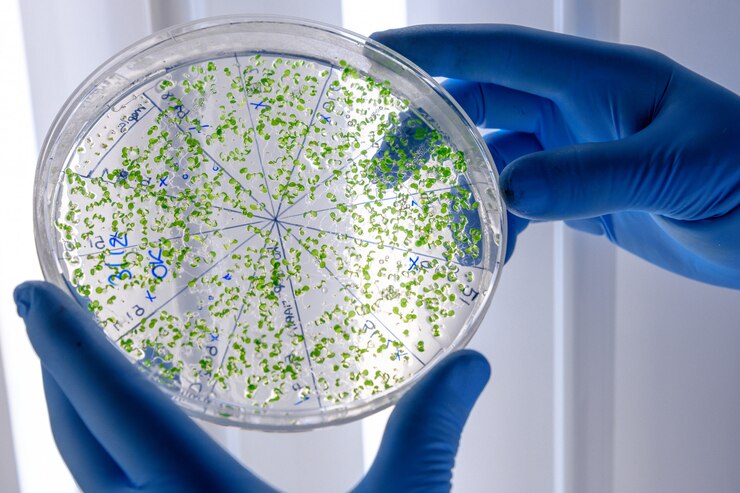In the ever-evolving landscape of agriculture, advanced breeding techniques have emerged as transformative tools, offering unprecedented precision and efficiency in crop improvement. This blog explores the realm of advanced breeding, with a particular focus on the revolutionary CRISPR technology, and its potential to reshape the future of farming.
The Evolution of Breeding Techniques
Traditional breeding methods have played a crucial role in shaping crop traits for centuries. However, the advent of advanced breeding techniques marks a paradigm shift, allowing scientists to directly manipulate the genetic code of plants with unparalleled accuracy. These techniques accelerate the breeding process and open up new possibilities for crop improvement.

Understanding CRISPR: A Molecular Scissors
1. CRISPR-Cas9 Basics
CRISPR, which stands for Clustered Regularly Interspaced Short Palindromic Repeats, is a revolutionary gene-editing tool that functions as molecular scissors. The CRISPR system, paired with the Cas9 protein, enables precise modifications to specific genes within an organism’s DNA. This level of precision allows scientists to insert, delete, or replace genetic material with unprecedented accuracy.
2. Accelerating Crop Improvement
CRISPR offers a faster and more targeted approach to crop improvement compared to traditional breeding methods. The ability to directly edit the genes responsible for desirable traits streamlines the breeding process, potentially reducing the time it takes to develop new crop varieties with enhanced yield, resistance to diseases, and improved nutritional content.
Applications of CRISPR in Agriculture
1. Disease Resistance
CRISPR allows scientists to introduce or enhance resistance to pests and diseases by modifying specific genes responsible for plant defense mechanisms. This targeted approach minimizes the need for chemical pesticides, contributing to environmentally sustainable farming practices.
2. Improved Nutritional Content
Crop nutritional content can be enhanced through CRISPR-mediated changes to genes governing nutrient synthesis. This holds the potential to address malnutrition by developing crops with higher levels of essential vitamins and minerals.
3. Environmental Adaptation
As climate patterns shift, CRISPR provides a tool to develop crops with improved resilience to environmental stresses such as drought, extreme temperatures, or soil salinity. This adaptability is crucial for ensuring food security in the face of changing climate conditions.
Ethical Considerations and Regulatory Landscape
1. Ethical Implications
The power of CRISPR raises ethical considerations, particularly concerning the potential for unintended consequences or misuse. Responsible and transparent use of this technology is essential to address concerns and build public trust.
2. Regulatory Frameworks
The regulatory landscape for CRISPR-modified crops varies globally. Some countries have embraced these advanced breeding techniques, while others are navigating regulatory frameworks to ensure the safety and ethical use of gene-editing technologies in agriculture.
The Future Landscape of Agriculture
As CRISPR and other advanced breeding techniques continue to advance, they hold the promise of transforming agriculture into a more efficient, sustainable, and resilient industry. By harnessing the power of molecular precision, scientists are unlocking new possibilities to address global challenges such as food security, environmental sustainability, and nutritional deficiencies.
In conclusion, the integration of CRISPR and other advanced breeding techniques represents a new frontier in agriculture, where the manipulation of genes offers a powerful tool for cultivating a more sustainable and resilient future. As researchers explore the full potential of these technologies, the agricultural landscape is poised for a revolution that could redefine how we grow and sustainably produce the food that feeds the world.




